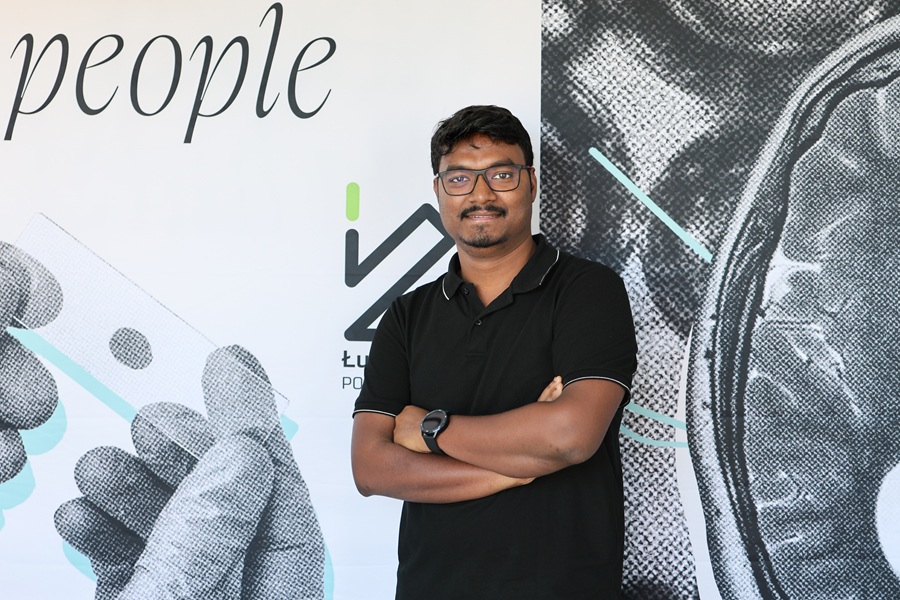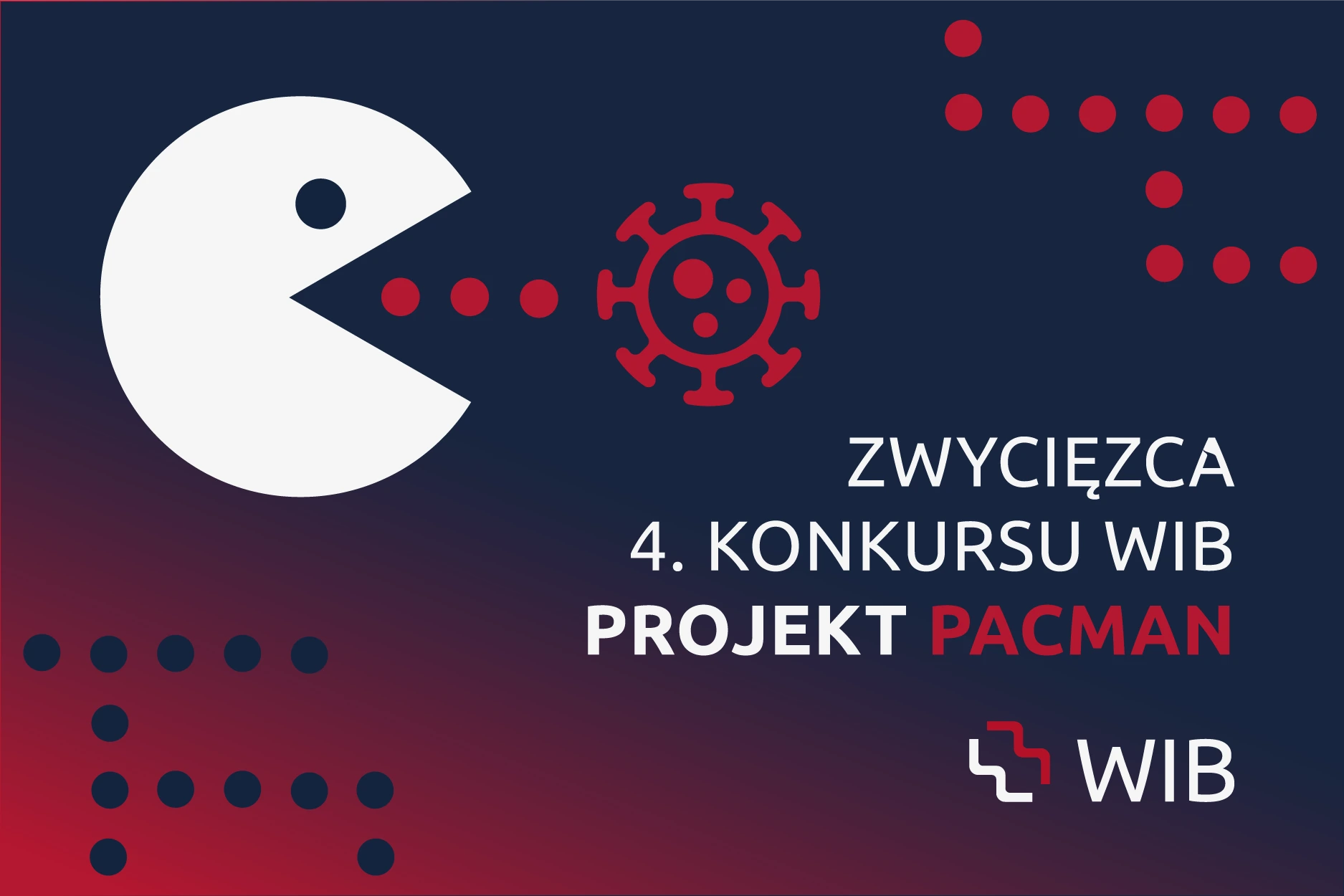The word “disinformation,” which refers to dangerous phenomenon of foreign interference in key – primarily elections – recently gained widespread attention. This is mainly due to its destructive power, achieved with relatively little effort. One way to combat it is through initiatives such as SAUFEX, a project funded by the European Union and coordinated by Łukasiewicz – PORT.
Secure Automated Unified Framework for Exchange (SAUFEX) is a venture financed by the EU’s Horizon Europe program. Its primary goal is to create an AI-supported, publicly available online application for aggregating and detecting disinformation. This extensive database will be accessible to anyone with an internet connection who wants to verify whether the content they are reading is genuine or manipulated.
This is a vital and spectacular, but just one element of a broader array of activities and solutions that SAUFEX aims to implement to effectively counter disinformation flowing into Europe from outside the EU. The project’s ambition is to synchronize responses to this threat and to harmonize and standardize the approach to disinformation across all member states. A tangible result of SAUFEX’s efforts is the establishment of the Resilience Council at the Ministry of Foreign Affairs (MFA), one of whose main tasks is to unite representatives of the state and civil society in combating manipulation. This also includes the need to educate the public on how to confront such threats.
In addition to Łukasiewicz – PORT, the project consortium includes institutions and organizations from Poland (University of Warsaw, Polish Academy of Sciences Institute of Political Studies), Finland (Faktabaari), Lithuania (Debunk), the Netherlands (DROG), and Ukraine (MIA/Osavul). SAUFEX recently completed its first year of operations, culminating in a conference held in Helsinki in March, attended by all consortium members and featuring the presentation of an annual report, which was approved by experts from the European Commission. Thus, SAUFEX has entered a crucial phase of its activity, set to conclude at the beginning of 2027. Its outcome will be the development of new tools, knowledge, and skills necessary to effectively counter disinformation.
What Does Disinformation Look Like?
Using a comparison drawn from the battlefield in Ukraine, disinformation can be likened to a swarm of long-range drones that attack unexpectedly and with lethal effect. Recent examples vividly demonstrate how dangerous disinformation can be – but also how underestimated it often remains.
To recall its devastating consequences, one only needs to mention the most notorious cases, such as the narratives disseminated by Russia during the 2014 annexation of Crimea, large-scale manipulation campaigns during the 2016 Brexit referendum, or the U.S. presidential elections that same year. More recently, disinformation significantly impacted the Slovak parliamentary elections (2023), where manipulated AI-generated recordings were used to discredit one of the parties, or the presidential elections in Romania, where one candidate was promoted through a TikTok campaign of unprecedented scale.
In all these cases, advanced yet relatively inexpensive online tools and manipulation techniques were used to sway voters – to support a specific decision (Brexit), a candidate with radical views (U.S., Romania), or an anti-Western political party (Slovakia).
Disinformation is also not only visible but strongly felt in Poland.
It can be observed in many areas of public life – most notably in politics, medicine, new technologies (e.g., telecommunications), migration, and even in foundational aspects of the state such as trust in public institutions, political parties, and broadly understood elites, including experts. These types of campaigns intensify particularly before elections, as was the case before the last presidential and earlier European elections. The themes of these disinformation messages were similar, often highlighting anti-European and anti-Ukrainian narratives aimed at deepening resentment towards the EU and Ukraine, as well as supporting efforts to dismantle the EU and block aid to Kyiv.
Disinformation on Social Media
The development of digital media – especially social media – has created fertile ground for disinformation. Without their vast reach, the distribution of manipulative content would not be as powerful. Platforms like Facebook, X (formerly Twitter), and TikTok, which collectively reach billions of users, have become the main channels for such content. These messages polarize, spread fear, and convey false or contextually misleading information, influencing voters around the world by shifting or reinforcing their political preferences.
Disinformation – driven primarily by authoritarian states such as Russia and China – has found ideal conditions for growth on such platforms. The unprecedented ease of access to tools that allow instant, global information sharing without real oversight has created an enormous field of influence. This effect is amplified by the commercial interests of social media platforms, which profit from advertising revenues driven by user views and interactions. In short, the more engagement, the greater the revenue. This business model aligns all too well with the malign intentions of authoritarian states and people’s natural curiosity for new or sensational information.
Nothing draws attention and provokes reaction like conspiracy theories, emotional scandals, and controversial opinions – all of which are abundant on social media. Research and experiments – such as those by the Polish Panoptykon Foundation, which focuses on data security – show that social media algorithms are designed not only to promote emotionally charged content and tailor it to users’ interests but also to make people addicted to it. In short: to make them want more of the same. This mechanism is similar to how addictive substances work.
Disinformation Alters Perception of Reality
It’s no wonder, then, that disinformation has become one of the greatest threats to our security and stability. The threat is even more serious because it has been woven into the fabric of the ongoing information war around us – also referred to as cognitive warfare – aimed at altering our perception of reality. Its ultimate goal is to destroy Western-style liberal democracy and replace it with various forms of authoritarianism or even radical dictatorships, which are presented as solutions to the fears and anxieties of modern life. To more precisely describe this phenomenon, a dedicated term was coined: Foreign Information Manipulation and Interference (FIMI).
To counter this, many countries have long been developing mechanisms and tools to combat disinformation. In recent years, the European Union has also made significant progress in this area. One of the major achievements is the adoption of the Digital Services Act (DSA), which aims to hold major internet platforms more accountable for the content they host. Another is the European Media Freedom Act (EMFA), which seeks, among other things, to protect journalists from surveillance and so-called SLAPP lawsuits – legal actions intended to block publication or intimidate journalists from exposing scandals, particularly those involving influential politicians and businesspeople.
One such initiative aimed at curbing disinformation is SAUFEX, which is not limited to building an application for identifying and informing users about manipulative content.
Resilience to Disinformation
As part of SAUFEX, a pilot Advisory Council on Resilience to International Disinformation was established to act as an advisory body to the Minister of Foreign Affairs of the Republic of Poland. The council’s purpose is to coordinate actions against threats posed by foreign influence and information manipulation, and to help unify similar initiatives across EU countries – ultimately leading to the establishment of a pan-European Resilience Council, which would oversee and coordinate the work of national bodies.
The Polish council includes representatives from dozens of organizations involved in researching and preventing disinformation, nominated by the academic community, media, and non-governmental organizations. Its chairman is Tomasz Chłoń, the MFA’s plenipotentiary for combating international disinformation and the chief coordinator of SAUFEX. Chłoń is also a co-author of a report issued by Łukasiewicz – PORT in connection with the establishment of the Resilience Council. The report succinctly outlines the need to create similar councils in other EU countries. This is particularly important because the report is being distributed among EU experts, diplomats, and officials at European conferences and meetings attended by the SAUFEX coordinator and experts. Among the many such events, one worth highlighting is the annual conference of the European External Action Service (EEAS) – the EU’s foreign affairs arm – held in Brussels in March, in which Tomasz Chłoń participated as a panelist in a discussion on combating FIMI.
One of the council’s most significant actions was a public appeal issued before the first round of presidential elections in Poland. It warned the public about the dangers of political disinformation and recommended ways to protect against it. The document was published by Poland’s leading media outlets.
One more initiative from SAUFEX, among many others, deserves attention: an online educational platform on disinformation developed by the Dutch organization DROG. Called the European Master of Disinformation (EMOD), it offers courses on artificial intelligence, hybrid threats, and media literacy for experts dealing with FIMI issues. Alongside the disinformation detection app, EMOD is intended to be one of the flagship outcomes of SAUFEX – and one that will continue operating even after the project concludes.
Grzegorz Rzeczkowski



